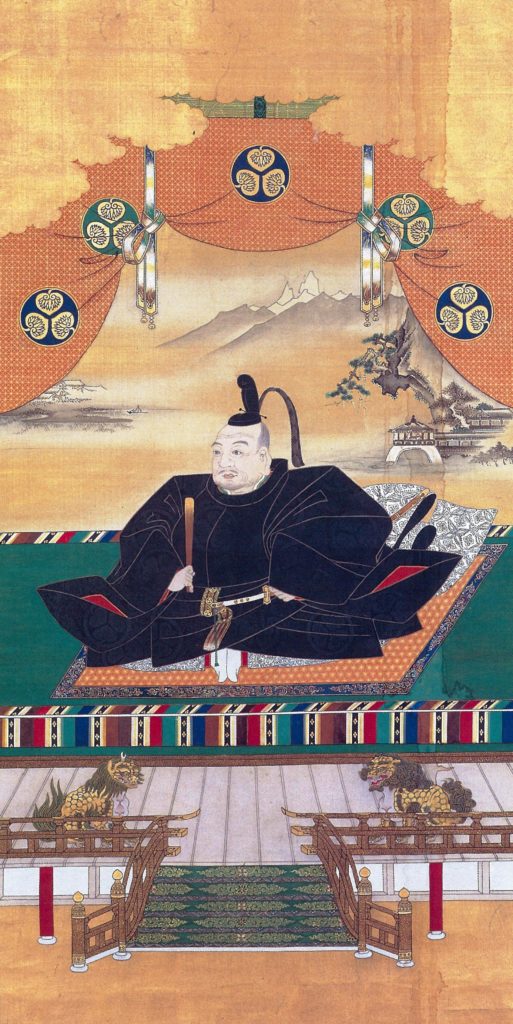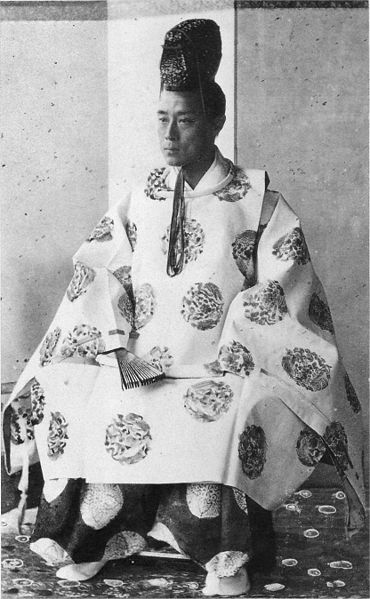
Gosanke: The Noble Three Houses of the Tokugawa Clan
The Noble Three Houses of the Tokugawa, also known as the Gosanke, were the most noble three houses of the Tokugawa clan of Japan. The Tokugawa clan was one of the most powerful daimyō families of Japan. The members of the clan ruled Japan as shoguns from 1603 to 1867.
The Gosanke descended from the clan founder Tokugawa Ieyasu’s three youngest sons, Yoshinao, Yorinobu and Yorifusa. All three sons were allowed to provide a shogun in case the need arises.
The Noble Three Houses
Owari House of Tokugawa is the most senior house of the Gosanke descending from Tokugawa Yoshinao, the ninth son of Tokugawa Ieyasu. The original line became extinct in 1800 with the death of the ninth lord and family head.
It has been kept in existence throughout the years with reapeated adoptions from the two remaining houses. For more than 250 years, the Owari family ruled the Owari Domain, the area which surrounds present day Nagoya, Aichi Prefecture.
Kii House of Tokugawa is the second in seniority among the three noble houses. The house first began with Tokugawa Yorinobu, the tenth son of Tokugawa Ieyasu. Yorinobu was the daimyō of the Kishū Han having its castle at Wakayama since 1619 after the previous daimyō was transferred. Fourteen members of the Tokugawa clan headed the fief during the Edo period and was the only family to directly produce successors to the shogun from Tokugawa Yoshimune in 1716 and with Tokugawa Iemochi in 1858.
Mito House of Tokugawa, the third in seniority was founded by the eleventh son of Tokugawa Ieyasu, Tokugawa Yorifusa. Their fief was the Mito Han situated in Hitachi Province with a castle also located in the area. Eleven men headed the Mito House and it was only allowed to provide a vice to the actual shogun. When Tokugawa Yoshinobu from Mito House was adopted by one of the Kii House’s three Gosankyō, the Hitotsubashi in 1848 and became the last shgun of Japan, Tokugawa Yoshinobu.
Tokugawa Yoshinobu, the last shōgun of Japan.
After the fall of the Tokugawa shogunate and the abolition of the Edo-period system of administrative domains (han), the three houses continued to exist in some form or another until today.


